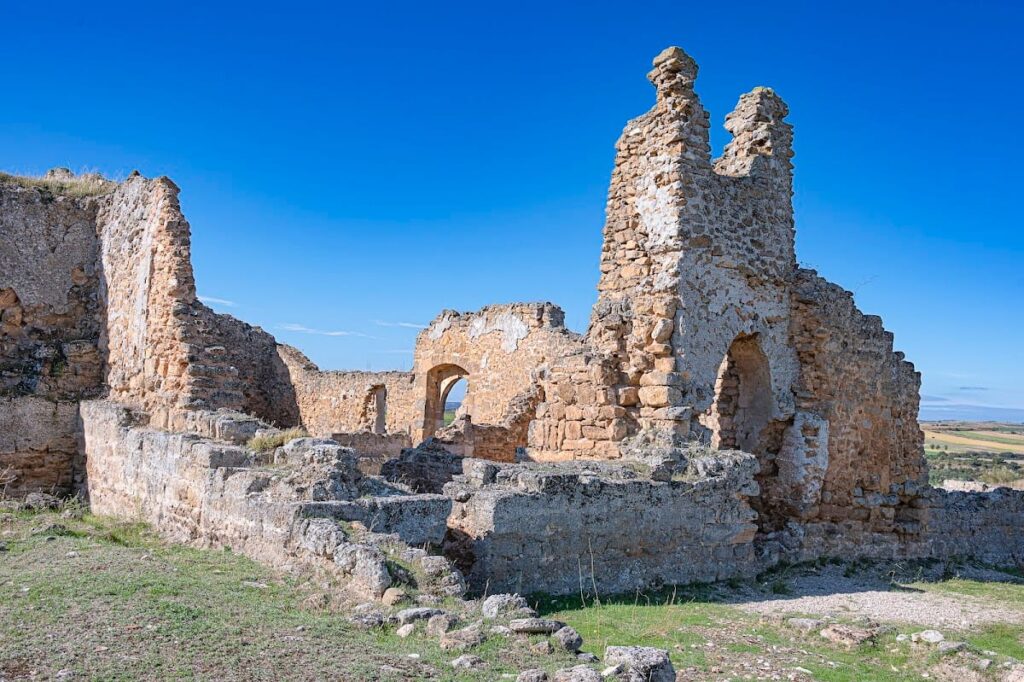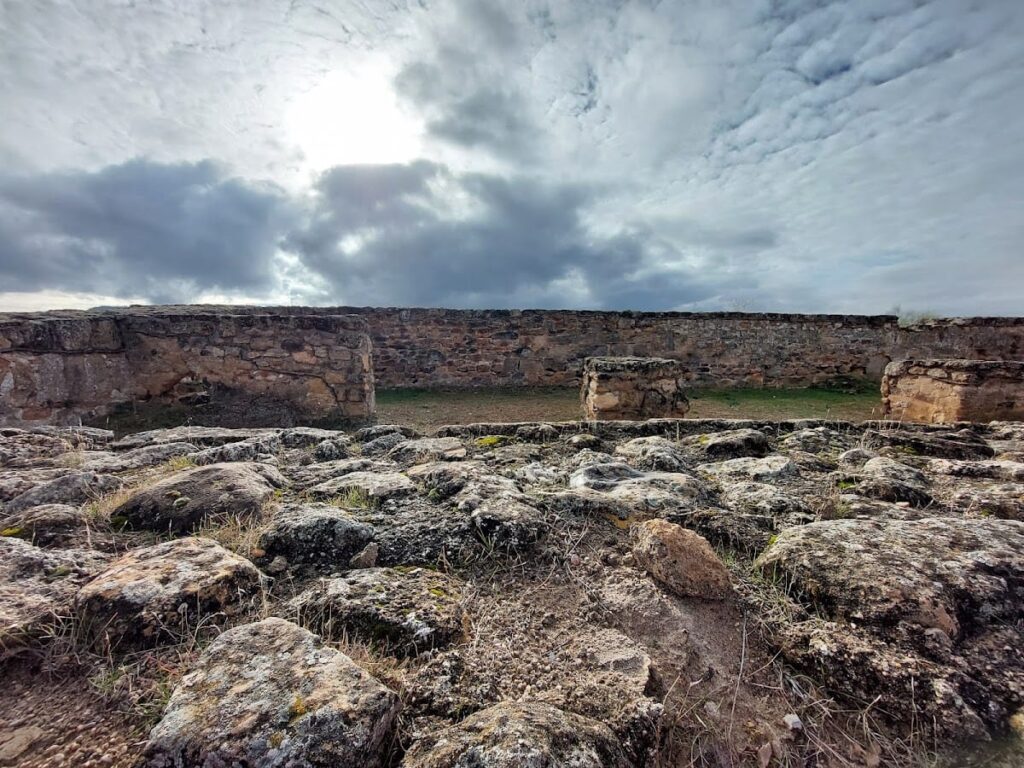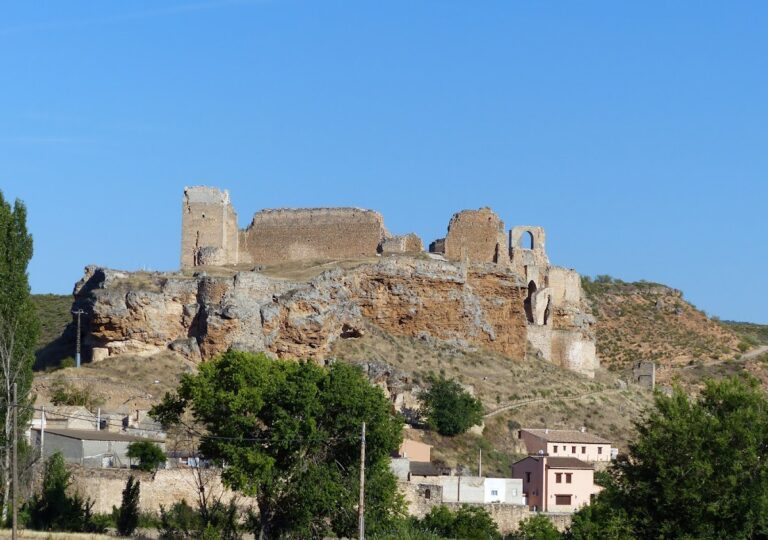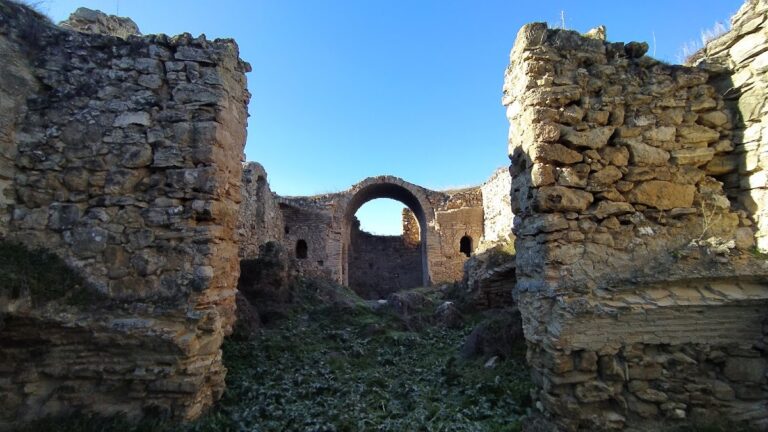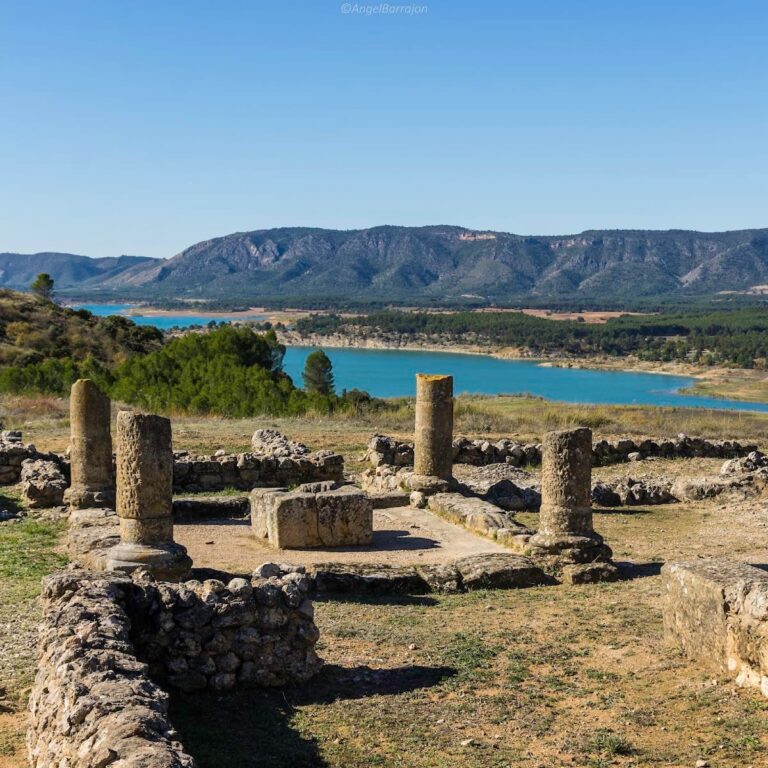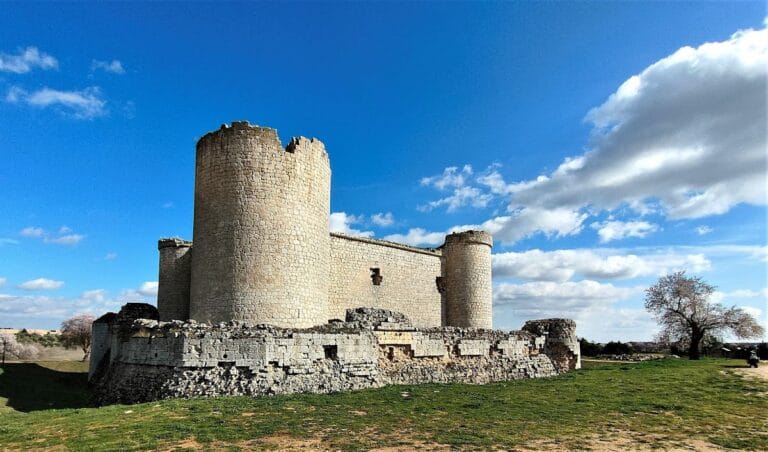Recópolis Archaeological Park: A Visigothic City in Spain
Visitor Information
Google Rating: 4.4
Popularity: Low
Google Maps: View on Google Maps
Official Website: cultura.castillalamancha.es
Country: Spain
Civilization: Visigothic
Remains: City
History
Archaeological Park Recópolis is situated within the municipality of Zorita de los Canes, Spain, and preserves the remains of a city established by the Visigothic civilization. This city, known as Recópolis, was founded in the year 578 AD under the reign of the Visigothic king Leovigildo, who played a central role in expanding and consolidating Visigothic control on the Iberian Peninsula during the late 6th century.
The foundation of Recópolis marked a significant phase in the political and cultural development of the Visigoths. As a planned urban center, the city symbolized an effort to establish new seats of power distinct from earlier Roman cities. Under Leovigildo’s leadership, Recópolis emerged as an important administrative and military hub, reflecting the transformation of Visigothic society as it integrated Roman traditions with its own governance.
Throughout its existence, Recópolis witnessed phases of occupation aligned with the broader shifts in Iberian history. While detailed records of military events or changes in rulership at Recópolis itself are not preserved in the archaeological record, the city’s strategic location near the Tajo River suggests its role in defense and communication networks. The name Recópolis, meaning “city of the king” in Greek, likely reflects its royal foundation and status within the Visigothic kingdom. Over time, the city declined as Visigothic power waned and new political forces reconfigured the region, leaving the site to become a ruin within what is now modern Spain.
Remains
The archaeological site of Recópolis reveals the foundations and partial structures of the original Visigothic city. Its layout reflects an organized urban plan, with streets and building plots that display the city’s arrangement within the municipal territory of Zorita de los Canes. The construction bears witness to the practices of the Visigoths during the late 6th century, though specifics concerning building materials or decorative elements remain unspecified in the record.
Located close to the Tajo River, the ruins occupy a strategically advantageous position that would have provided access to water routes and natural defense lines. Excavations at the site have uncovered the city’s urban footprint, highlighting spaces that likely served as residential, administrative, or defensive sectors. Some of these partial structures stand in situ, allowing for a clearer understanding of the city’s scale and organization. The remains show evidence of the early medieval period’s urban characteristics as shaped under Visigothic influence.
While precise descriptions of gates, mosaics, or inscriptions are not documented for this site, the extant ruins nonetheless form a valuable testament to the city’s historical significance. The uncovered layout and structural elements contribute to the understanding of Visigothic architectural and urban practices during a formative stage of post-Roman Iberian history. Recópolis remains a key example of late antique city planning linked to Visigothic rule on the peninsula.



